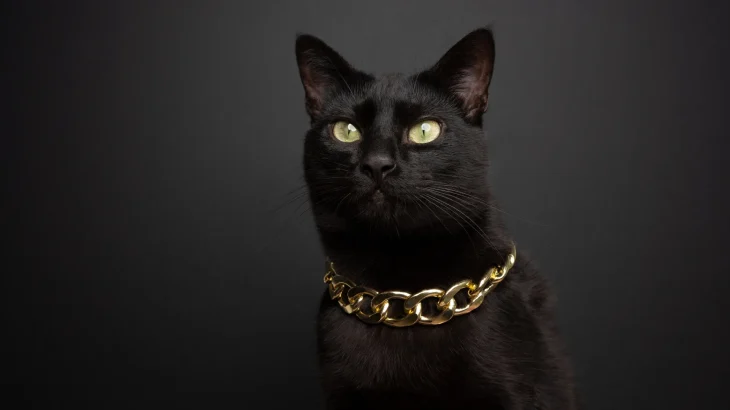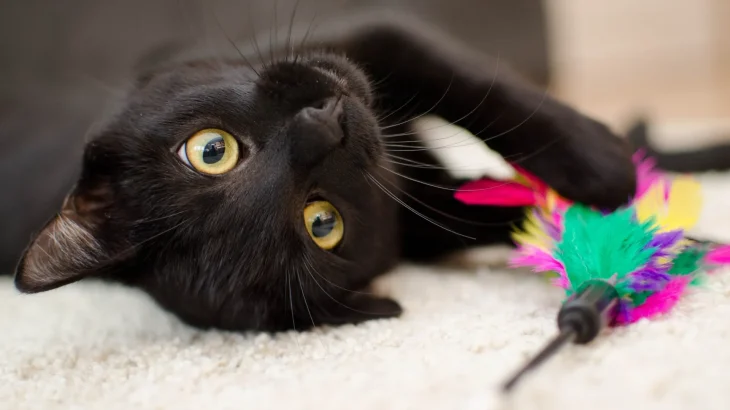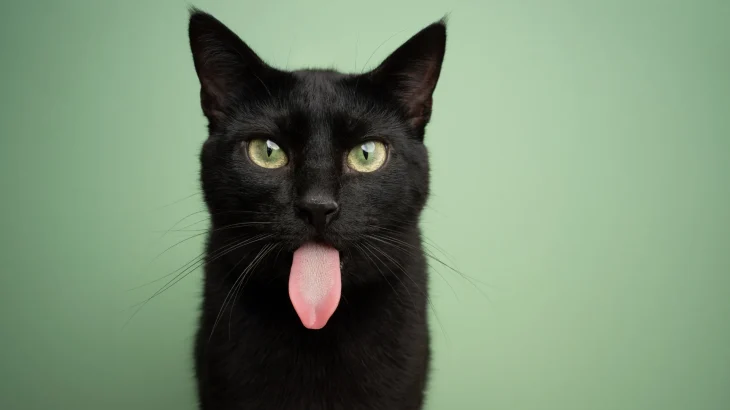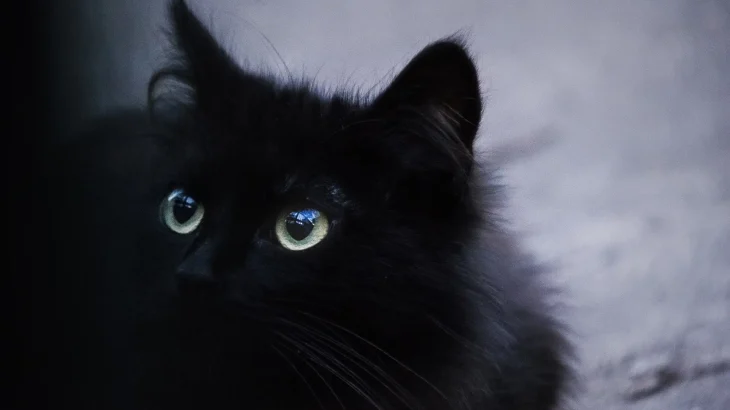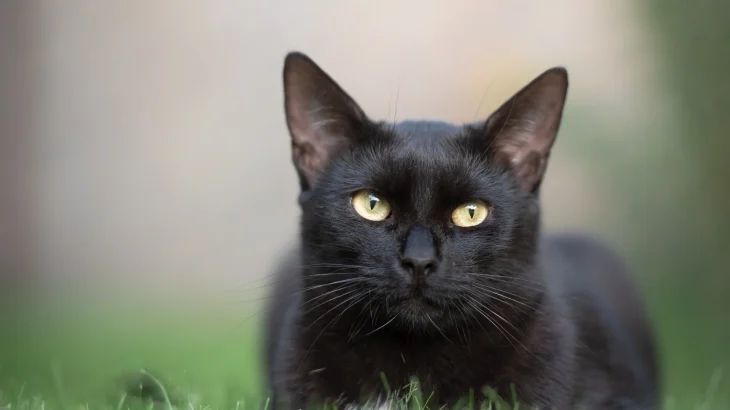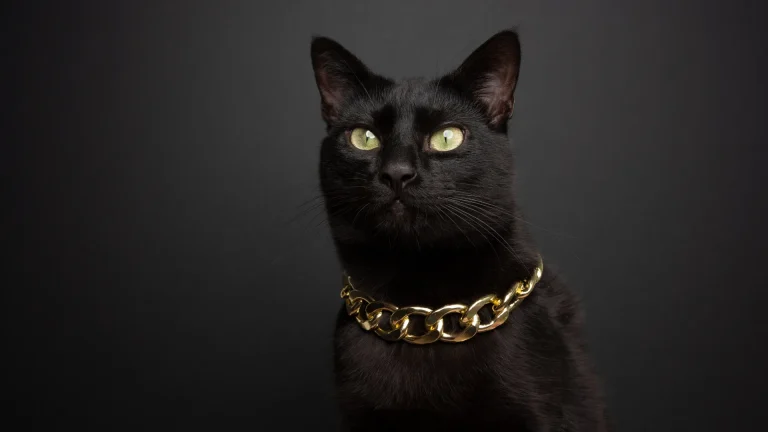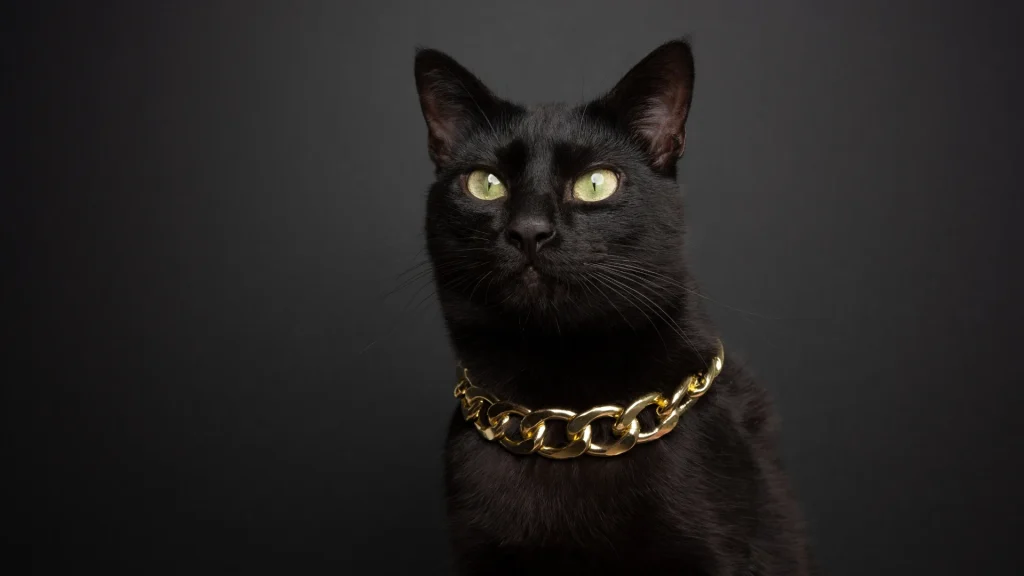Choosing whether to adopt or purchase a Mandalay kitten depends largely on what matters most to you in your new feline companion. Purchasing from a breeder often ensures detailed background and breed certainty, whereas adopting offers a chance to give a loving home to a cat in need, sometimes with less information about its origins.
Here is a comparison of adoption versus buying from a breeder:
| Criteria | Buying from Breeder | Adopting from Shelter/Rescue |
|---|---|---|
| Cost | Typically higher, reflecting breed purity and care; may range from several hundred to over a thousand dollars. | Generally lower adoption fees that often cover basic veterinary care. |
| Health History | Comprehensive health records and genetic testing usually provided. | Health background might be limited; basic health screening usually done. |
| Age Availability | Usually available as kittens, allowing early bonding and training. | Variety of ages available, including kittens, adults, and seniors. |
| Temperament Insight | Breeders can share detailed temperament traits based on lineage. | Shelter or rescue staff can provide observed behavior, though history is less certain. |
| Supporting Practices | Supports selective breeding programs; choose ethical breeders to ensure welfare. | Supports animal welfare directly by providing homes to cats in need. |
| Breed Purity & Pedigree | Guaranteed breed purity and official pedigree documentation. | Breed purity uncertain; often mixed or unknown lineage. |

